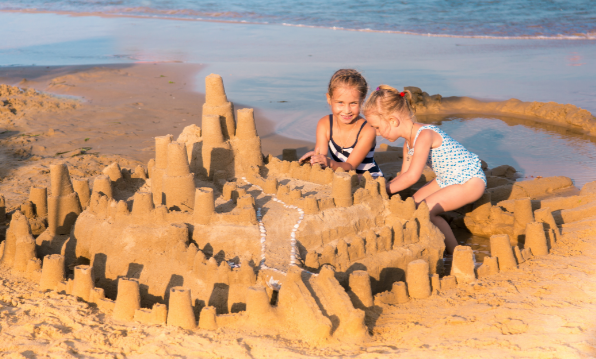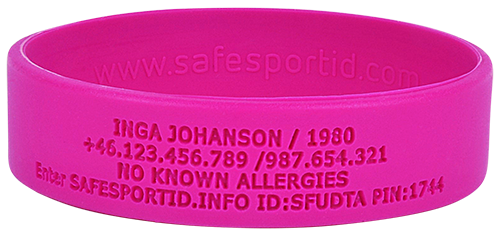Taking your kids to the beach can be a fantastic experience for the whole family: you have the opportunity to spend a relaxing day, your kids can play with the waves, the sand and you can teach them to swim and enjoy the water, creating bonds and memories that will last forever.
However, there are many things you should pay attention to, from the high temperatures and the sun to the tide and the animals that your children can find while playing in the water
Follow this advice to be successful at combining kids and beach
We offer you advice to enjoy a beach day whilst taking care of the safety and the well-being of your children.
- Sun: avoid the full exposure between 11 am and 4pm, as those are hours when the sun can hit harder on our skin, and make sure that your kids are fully protected with sunscreen. You should renew the sunscreen every 2 or 3 hours and after swimming. If possible, use a beach umbrella so that your kids can be protected from the sunbeams.
Remember as well that a 6 months old baby shouldn’t be directly exposed to the sunbeams, and that the sunscreen can cause allergies and skin irritation, so choose the sunscreen wisely and always keep him&her under the sun umbrella.
- Water: first of all, make sure that is possible to get into the water and that there is no yellow or red flag. If your children don’t know how to swim, give them water wings or rubber rings, and make them stay where they can touch the bottom. Furthermore, this is a great opportunity to teach them to swim!
It’s great that there are lifeguards at the beach, but you shouldn’t just trust them for the safety of your children. There is thousands of people at the beach so don’t expect them to be looking over your kids only. Keep an eye on them at all times; the waves, the tide, the rocks buried in the sand and the animals such as jellyfish are some of the dangers that the sea is hiding.
- Heat: too many hours under the sun (and keeping in mind that the kids at the beach won’t stop playing, can cause dehydratation. Make sure that you always have fresh water and juice with you, and bring fruit with a lot of water, such as pineapple, watermelon or melon. Avoid an abundant lunch, as your body will need a lot of energy to digest it.
Furthermore, an abrupt change in the body temperature (for example when your body temperature is very high and you get into the cold water) can cause an stomach cramp, so pay attention to any symptom such as dizziness, paleness or vomiting.
- Sand: walking on the sand is highly beneficial for your feet, but do it at the seashore, and not in the area where the sand is hotter. Builging sandcastles is really stimulating for your kids, but make sure that the toys they are using are safe.

Aunque en realidad para construir un castillo como este no hacen falta más herramientas que sus manos
If you are worried that your kids can find cigarette-butts or rubbish while they are playing in the sand, do your part and don’t leave any rubbish or bury the cigarette ends that you smoke. Keeping the beach clean is everyone’s task.
- Crowds: we understand that is easy to lose sight of your kids while at the beach: there are many things we have to take of and the kids are restless, so it’s relatively easy that they will “escape”. Therefore, is more than advisable that they always wear a Safesport ID bracelet with their emengency information. In case they get lost, your phone number will be always available so taht your kid can get back to you, and you will feel way safer.
Enjoy the waves!








